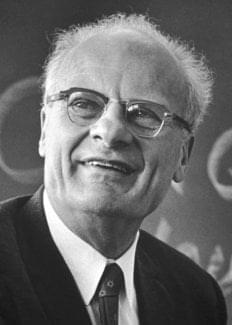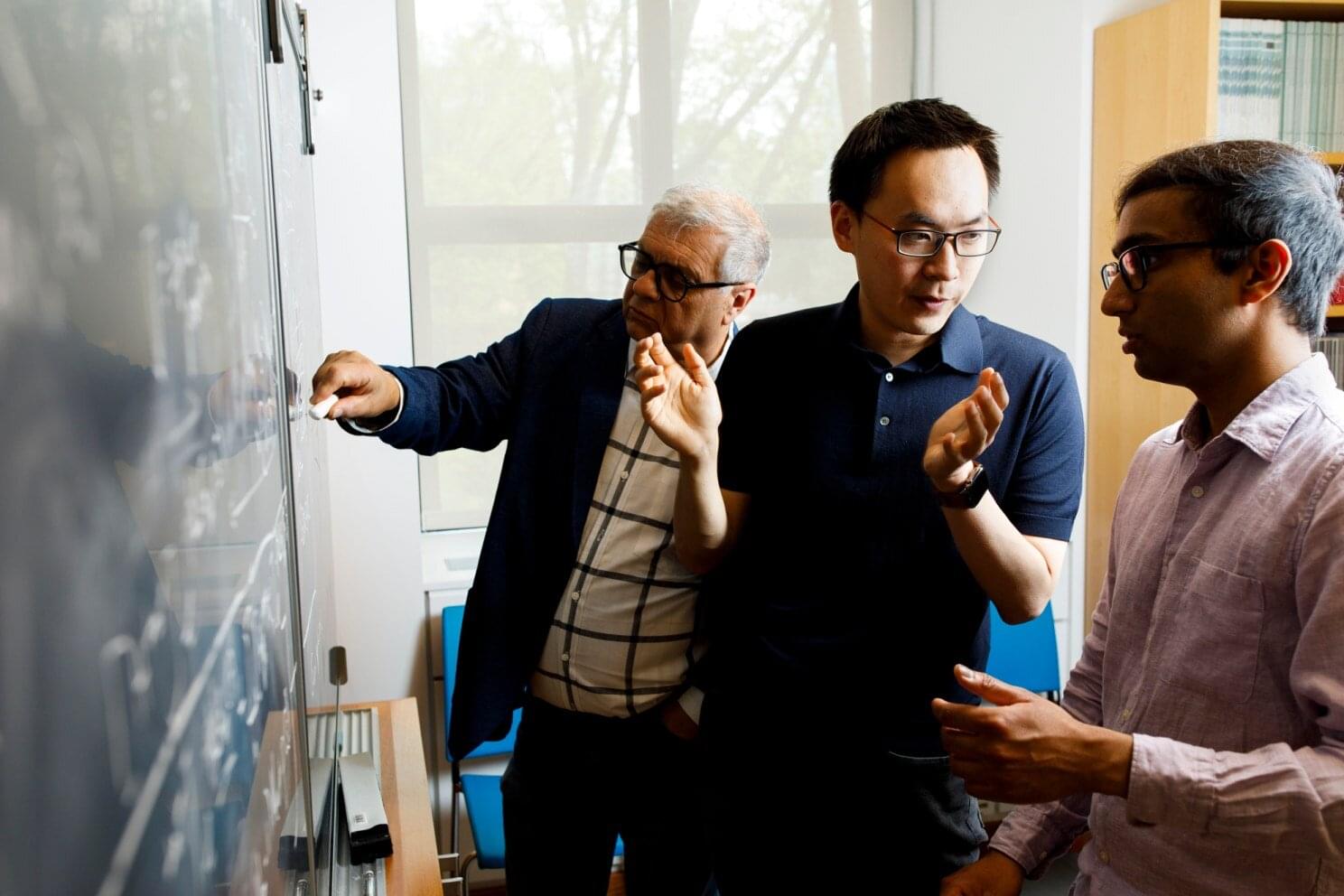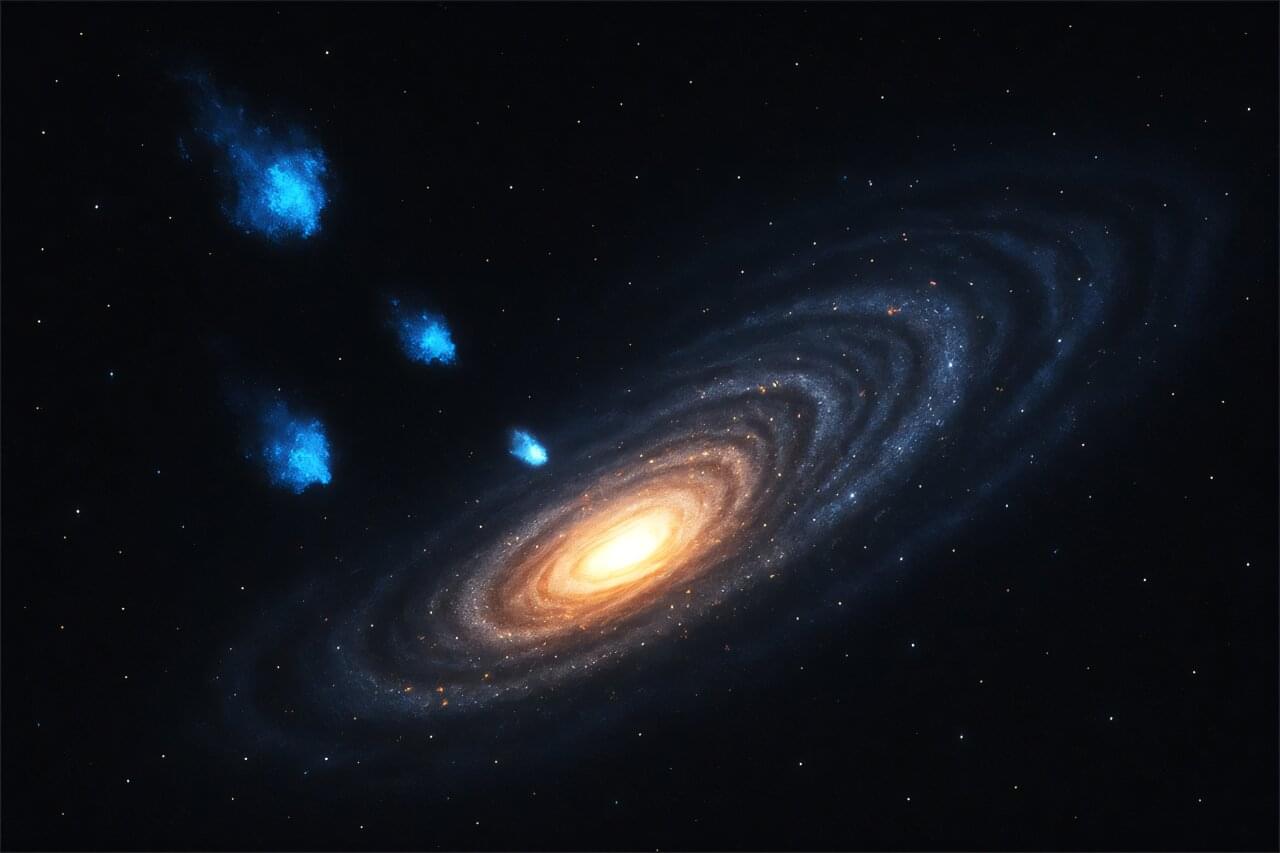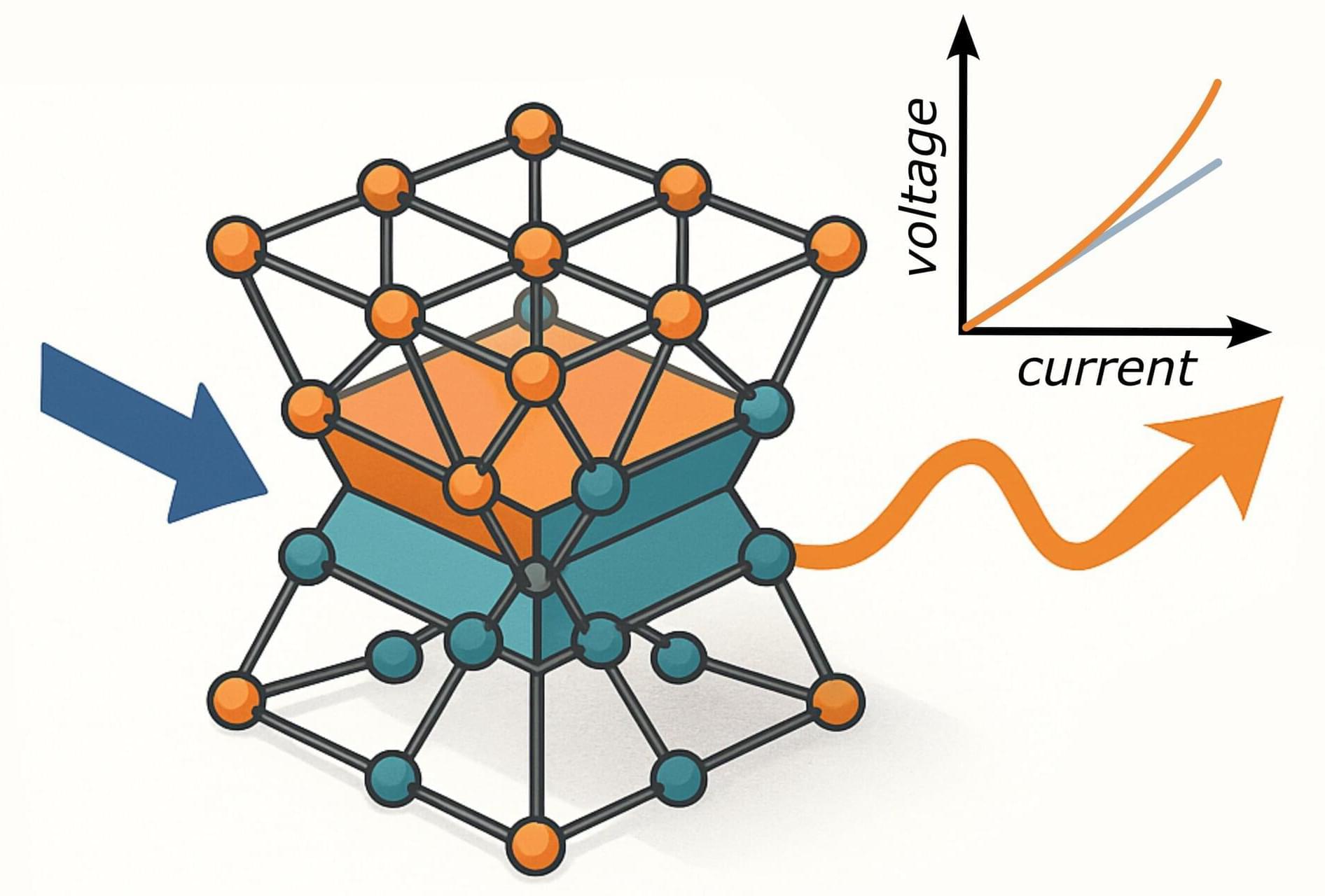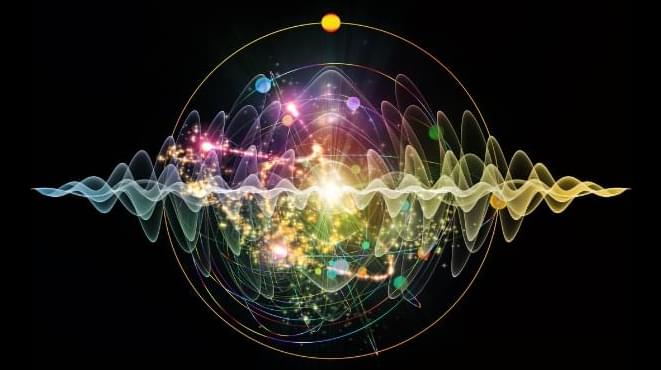Hans Albrecht Bethe was born in Strasbourg, Alsace-Lorraine, on July 2 1906. He attended the Gymnasium in Frankfurt from 1915 to 1924. He then studied at the University of Frankfurt for two years, and at Munich for two and one half years, taking his Ph. D. in theoretical physics with Professor Arnold Sommerfeld in July 1928.
He then was an Instructor in physics at Frankfurt and at Stuttgart for one semester each. From fall 1929 to fall 1933 his headquarters were the University of Munich where he became Privatdozent in May 1930. During this time he had a travel fellowship of the International Education Board to go to Cambridge, England, in the fall of 1930, and to Rome in the spring terms of 1931 and 1932. In the winter semester of 1932–1933,he held a position as Acting Assistant Professor at the University of Tubingen which he lost due to the advent of the Nazi regime in Germany.
Bethe emigrated to England in October 1933 where he held a temporary position as Lecturer at the University of Manchester for the year 1933–1934, and a fellowship at the University of Bristol in the fall of 1934. In February 1935 he was appointed Assistant Professor at Cornell University, Ithaca, N. Y. U.S.A., then promoted to Professor in the summer of 1937. He has stayed there ever since, except for sabbatical leaves and for an absence during World War II. His war work took him first to the Radiation Laboratory at the Massachusetts Institute of Technology, working on microwave radar, and then to the Los Alamos Scientific Laboratory which was engaged in assembling the first atomic bomb. He returned to Los Alamos for half a year in 1952. Two of his sabbatical leaves were spent at Columbia University, one at the University of Cambridge, and one at CERN and Copenhagen.
